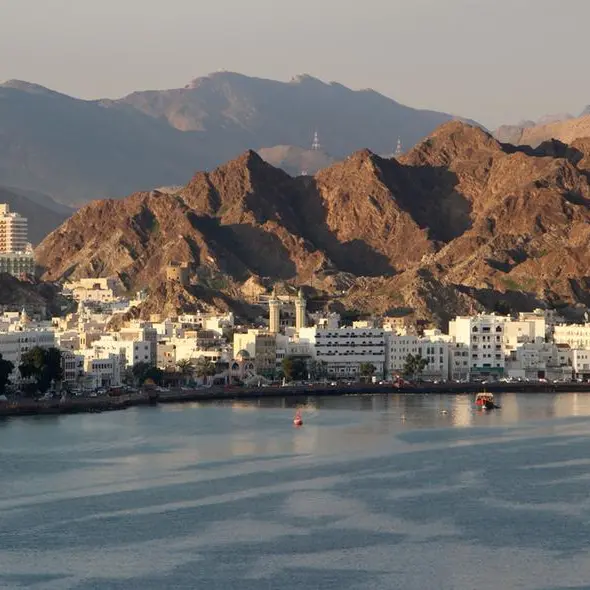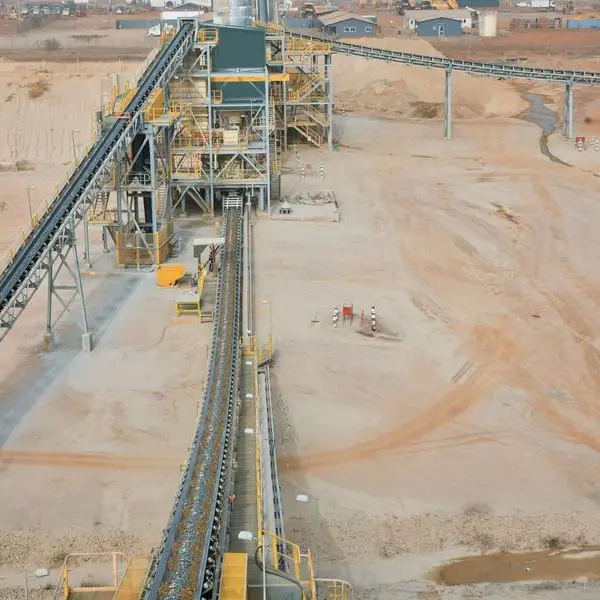Since the oil price decline in mid-2014, government deposits in the regional finance system have waned.
Withdrawals to cover budget deficits and curtailments to government spending have had a negative impact on the development sector. At a regional level, availability of credit has been tightening over this period, in part due to this economic headwind. When combined with the significant fall in real estate prices, which have been driven by factors including an imbalance between supply and demand of new stock to market, economic uncertainty in some areas and changing market demographics – such as a steadier demand for smaller units in the UAE versus larger family villas – there are significant hurdles that are having to be addressed for feasibility of schemes to move the market forward and gain funding input.
Where funding has been available, major financial institutions have been focused on competing for the ‘top end’ of the market, pursing the most credit-worthy institutions ahead of the bulk of the industry. This has led to a major gap in the supply of capital to the mainstream of the development market.
In the short term, the situation is expected to worsen slightly prior to any recovery. This has and will continue to present the market with challenges in regards to progressing viable schemes, and those of strategic government importance.
What has been witnessed in recent years in part to counter the fund crunch has been the rise of alternative forms of financing that traditionally haven’t been deployed in the region, which has typically focused on paying from reserves or traditional funding models.
There has been a rise in the utilisation of Export Credit Agencies (ECAs) as seen prominently in Dubai with the utilisation of UK Export Finance (UKEF) for the new Dubai Stadium, Marsa Al Seef on Dubai Creek, Dubai Parks & Resorts and Bluewaters at Jumeirah Beach.
We have also seen the development of PPP legal structures in Kuwait, Dubai and Saudi Arabia that have led to early-adopting private and government sector clients to look at different models to move schemes forward.
Furthermore, we have seen the development of Independent Water and/or Power Projects (IWPs / IWPPs), renewable energy projects in the UAE, Saudi Arabia and Oman, as well as PPP schemes in the aviation sector, including Madina and Taif in Saudi Arabia.
When looking at the deployment of ECAs, for most of the market, there are several advantages and challenges to client entities utilising them.
ECAs look to promote the utilisation of a home country’s supply chain, with a minimum percentage of project content to be spent in that country.
They come with varying restrictions on the amount of the project value that can be deployed in the country of utilisation and the provision of a maximum percentage of development value (80 percent is an example, with 20 percent provided by the client). This provides challenges for entities that wish to use ECAs in region for several reasons. Firstly, the contracting entity with the client needs to have operations in the home country.
Secondly, the contracting entity may not have any, let alone a mature supply chain, in the ECA's home country as typically in region, supply chains may be local or internationally-scattered across continents. Furthermore, with restrictions on capital deployment by the ECAs in country, some government entities may have issues given the encouragement of localising the supply chain as much as possible – particularly in Saudi Arabia with the rollout of Vision 2030 and the National Transformation Programme.
However, the utilisation of ECAs does offer some significant potential benefits to entities. Firstly among these is the ability for clients to potentially borrow at lower costs than they could achieve on their own as the ECA will provide a guarantee to the financial partner (bank) which offers a potentially lower risk and so more attractive lending, leading to more competitive borrowing rates.
Secondly, the terms of repayment typically allow the project developer to commence repayment at a period of time post-completion. This allows for sales transfer or operational revenues to have commenced, easing cash flow pressures.
Finally, should the customer already have the required capital for the proposed project, current low ECA borrowing rates can enable redeployment of that money to higher-returning utilisation.
© Opinion 2018




















